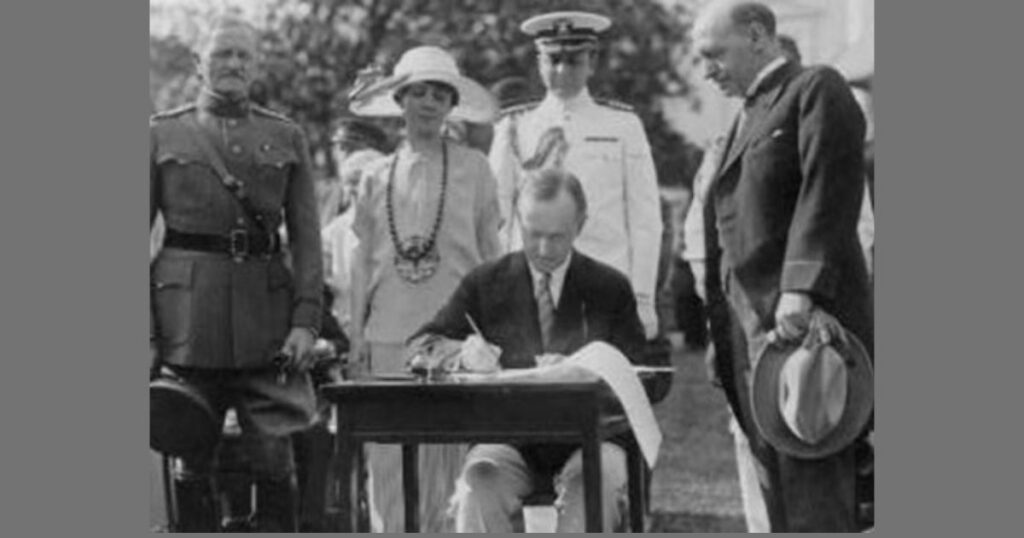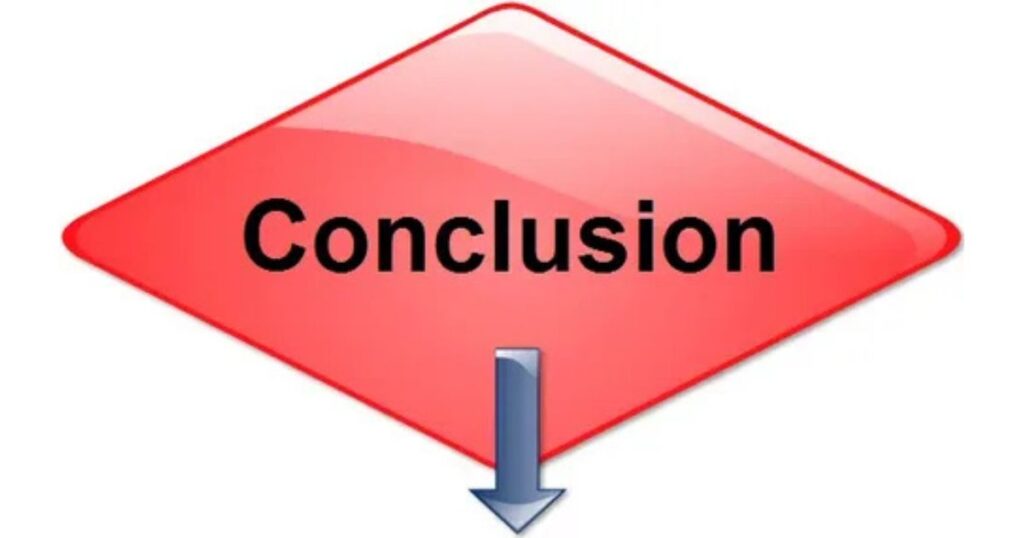Which Conclusion Best Describes the Social Impact of the Red Scare and the Immigration Act of 1924?

Table of Contents
ToggleIntroduction
The Red Scare and the Immigration Act of 1924 were pivotal events in early 20th-century American history that significantly shaped society. These moments reflect the interplay of fear, prejudice, and policy that impacted immigration, civil liberties, and cultural diversity.
To understand the broader social impact, it’s crucial to explore these events’ historical context and their effects on various facets of American life.
Understanding the Red Scare
The Red Scare refers to two distinct periods in U.S. history characterized by widespread fear of communism and radical leftist ideologies. The first Red Scare occurred after World War I, from 1919 to 1920, spurred by the Russian Revolution and labor strikes in the United States. This era was marked by:
- Heightened xenophobia: Immigrants, especially those from Eastern Europe, were often accused of being communists or anarchists.
- Civil liberties under threat: The government took aggressive measures, such as the Palmer Raids, to root out supposed radicals, often disregarding constitutional protections.
- Rise of nativism: Native-born Americans feared that immigrants were eroding traditional American values.
The Immigration Act of 1924
Also known as the Johnson-Reed Act, the Immigration Act of 1924 was a federal law that significantly restricted immigration. Key provisions included:
- Quota system: Immigration was capped at 2% of each nationality’s population as recorded in the 1890 census, heavily favoring Northern and Western Europeans.
- Exclusion of Asians: The act banned nearly all immigration from Asia, reflecting racist attitudes prevalent at the time.
- Impact on Southern and Eastern Europeans: Immigrants from these regions faced steep restrictions, further marginalizing groups perceived as “undesirable.”
The Social Impact
The Red Scare and the Immigration Act of 1924 collectively created a climate of fear, suspicion, and division. Their social impact can be summarized as follows:
1. Rising Xenophobia
These events amplified anti-immigrant sentiment, painting immigrants as threats to American security and culture. The association of foreigners with radical ideologies led to widespread discrimination against ethnic minorities.
2. Erosion of Civil Liberties
During the Red Scare, the government justified invasive measures in the name of national security. The rights of suspected radicals, many of whom were immigrants, were often disregarded.
3. Cultural Homogeneity
The Immigration Act of 1924 aimed to preserve a predominantly white, Anglo-Saxon Protestant demographic. This stifled cultural diversity and delayed the integration of various ethnic communities into American society.
4. Economic Consequences
By limiting immigration, the United States experienced labor shortages in industries that had previously relied on immigrant workers. This shift impacted economic growth in certain sectors.
5. Legacy of Exclusion
The policies and attitudes from this era left a lasting mark on U.S. immigration policy, setting a precedent for restrictive measures based on fear and prejudice.
Which Conclusion Best Describes Their Social Impact?

Which Conclusion Best Describes Their Social Impact?
The best conclusion that describes the social impact of the Red Scare and the Immigration Act of 1924 is the institutionalization of fear-driven policies that fueled xenophobia, suppressed civil liberties, and shaped a less inclusive society. These events reflected broader anxieties about change and a desire to maintain cultural dominance, leaving a legacy of exclusion that continues to inform debates on immigration and civil rights.
FAQs For Which Conclusion Best Describes the Social Impact of the Red Scare and the Immigration Act of 1924?
1. What triggered the Red Scare in the United States?
The Red Scare was triggered by the Russian Revolution, labor unrest, and widespread fear of communist infiltration after World War I.
2. How did the Immigration Act of 1924 affect U.S. immigration?
The act imposed strict quotas favoring Northern and Western Europeans while severely limiting immigration from Southern and Eastern Europe and banning nearly all Asian immigration.
3. What were the Palmer Raids?
The Palmer Raids were government-led crackdowns on suspected radicals during the Red Scare, often resulting in arrests and deportations without due process.
4. Why was the Immigration Act of 1924 controversial?
The act was controversial for its discriminatory quotas and explicit racism, particularly against Asians and Southern and Eastern Europeans.
5. How do these events relate to modern immigration debates?
The fear and exclusionary policies of the Red Scare and the Immigration Act of 1924 continue to echo in contemporary debates about immigration and national security.
Conclusion
The Red Scare and the Immigration Act of 1924 shaped an era of suspicion, prejudice, and restrictive policies that sought to protect a narrow vision of American identity.
Their social impact highlights the dangers of fear-driven decision-making and serves as a cautionary tale about the consequences of undermining diversity and civil liberties. Reflecting on these events provides valuable insights into the ongoing challenges of building an inclusive society.






